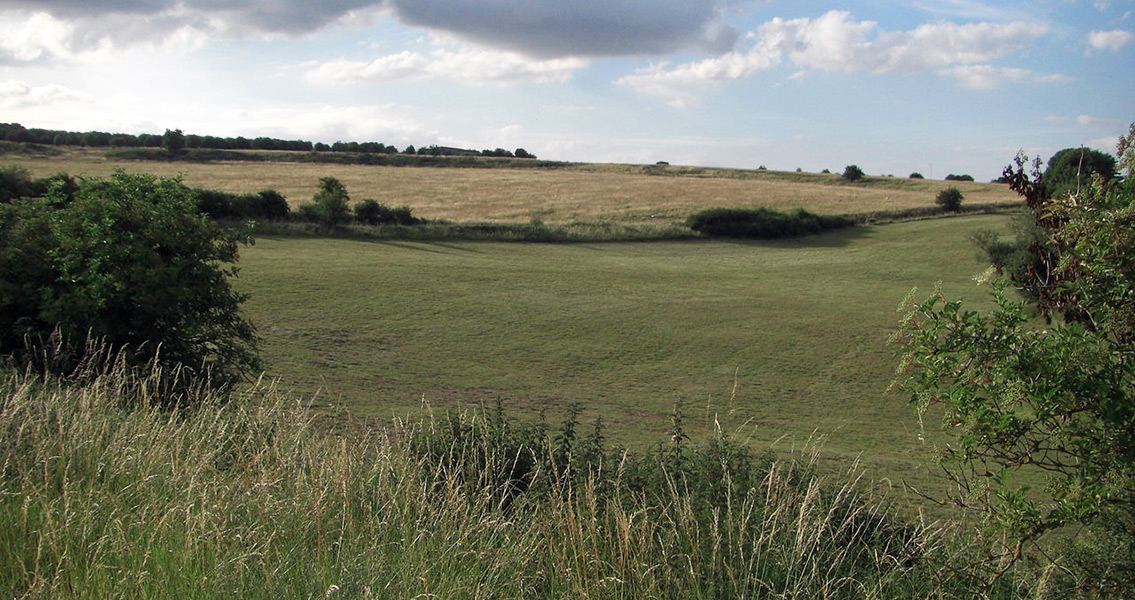<![CDATA[The Neolithic people responsible for the construction of what’s perhaps the best-known prehistoric monument on the British Isles subsisted on meat, milk, and dairy products which they also ate at ceremonial feasts, a team of researchers have discovered. The “Feeding Stonehenge” project is a collaboration among several universities and research establishments which aims to gain some insight into the lifestyles of the people who lived at Durrington Walls, a settlement near Stonehenge dating back to the 25th century BCE, the time when the monument was built. The team used pottery and animal bones discovered at the site to study the diet of the builders and found that they subsisted almost entirely on meat, based on chemicals found in cooking pots. There were also some traces of plants but it was “very little”, according to project director Mike Parker Pearson from University College London. He was quoted in a press release by the University of York as saying that the animals slaughtered at Durrington Walls - cattle and pigs - were brought there from all over the country. The most common cooking methods were boiling or roasting, either in pots, in indoors hearths, or outside, barbeque-style. What’s more interesting, however, is that there was also evidence that slaughterings were carried out seasonally, in the autumn and winter most likely, around the time of ceremonial gatherings. Furthermore, the researchers found that milk and other dairy products, including yogurt and cheese, held a special place and were only eaten during feasts. This conclusion was based on finds of milk pots near larger buildings in the settlement, which were most likely reserved for ceremonial occasions rather than being residential space. Parker Pearson went on to say in the press release that this special place for milk pots suggested their contents had a significance beyond that of just food. It seems that dairy products had a special role to play in gatherings that featured food-sharing as a means of creating a sense of unity among local communities. Alternatively, they may have been consumed by a select few of the local residents, which would again suggest these foods were held in high esteem. The combination of examining animal bones and pottery from the site proved to be particularly effective, said Lisa-Marie Shillito from Newcastle University, who worked on the analysis of the pottery vessels. It allowed the team to see in greater detail how the different kinds of evidence complemented each other to reveal a more comprehensive picture of the eating and ceremonial habits of the site's prehistoric inhabitants. In addition to the food evidence, the researchers working at Durrington Walls have previously discovered that there were special places designated for feasting, something that the lead author of the study, published in the journal Antiquity, calls “activity-zoning”. Oliver Craig, from the University of York, said in the university’s official statement that this special designation of places for specific activities combined with the food discoveries has led the team to believe that the community living in Durrington Walls was more socially sophisticated and had more advanced culinary practices than is generally believed for the late Neolithic in Britain. For more information: ”Feeding Stonehenge: cuisine and consumption at the Late Neolithic site of Durrington Walls” ]]>
Stonehenge Builders Feasted on Meat and Dairy
